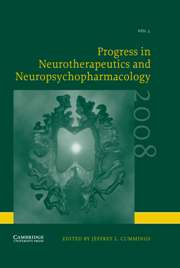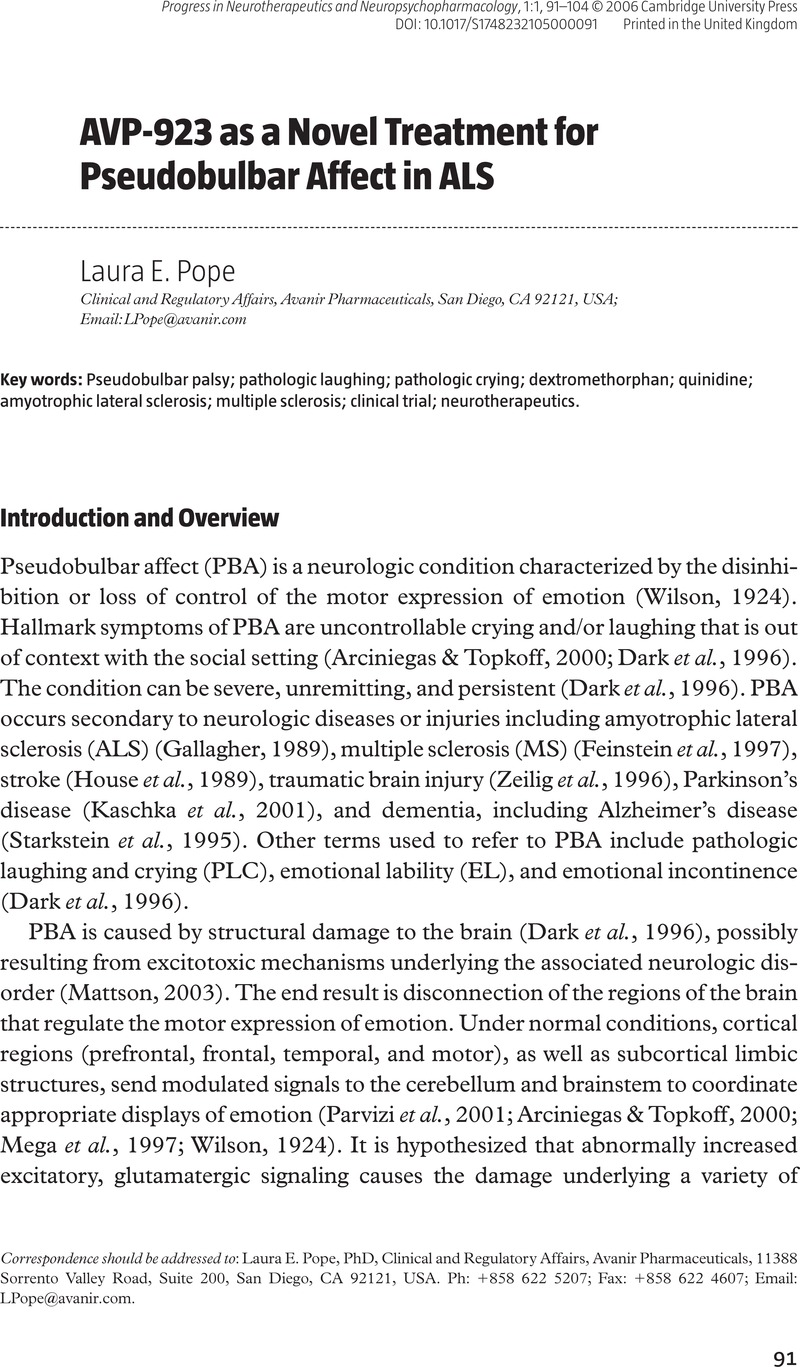Crossref Citations
This article has been cited by the following publications. This list is generated based on data provided by Crossref.
Dubovsky, Steven L
2014.
Dextromethorphan/quinidine for pseudobulbar affect.
Clinical Investigation,
Vol. 4,
Issue. 6,
p.
549.



